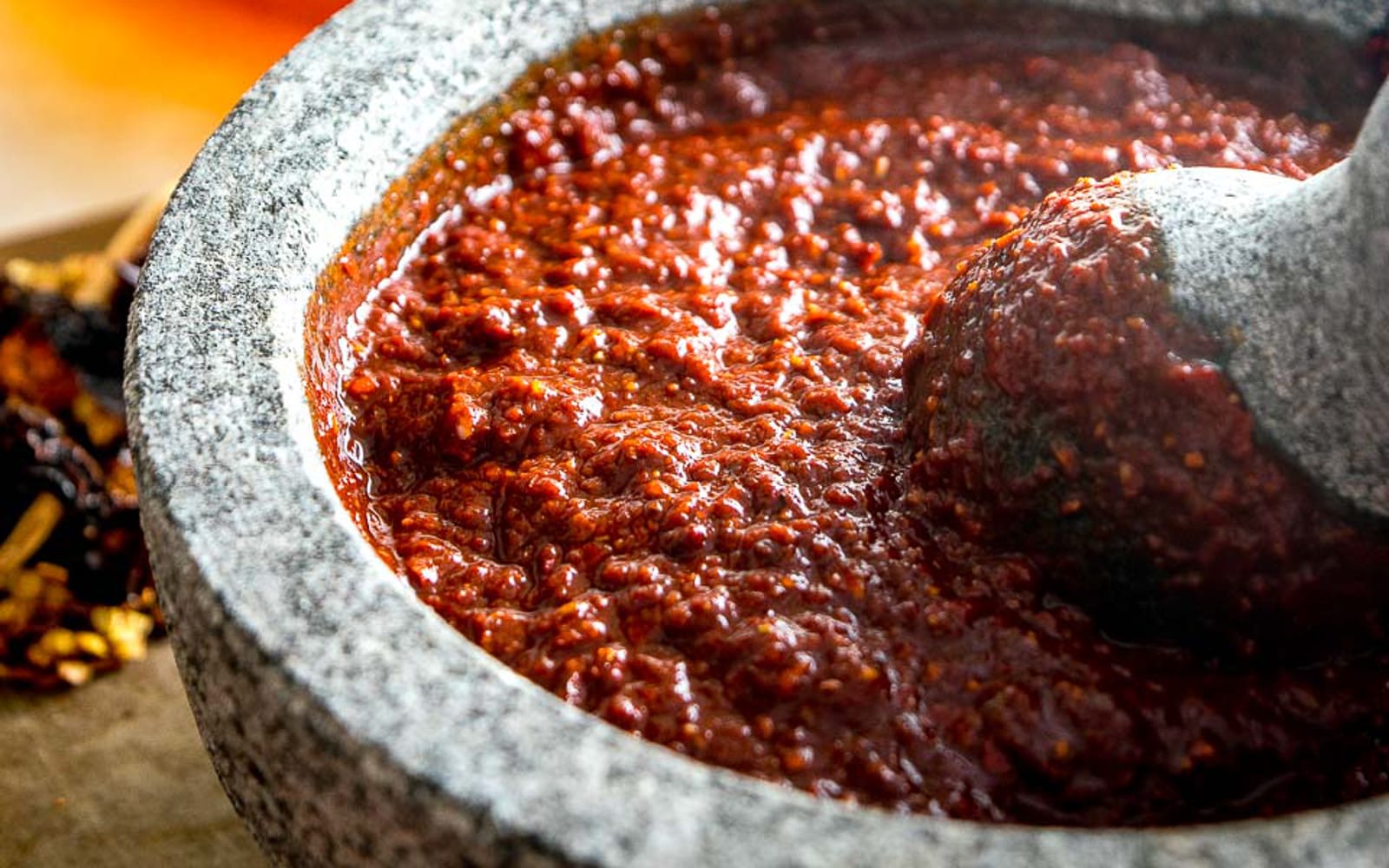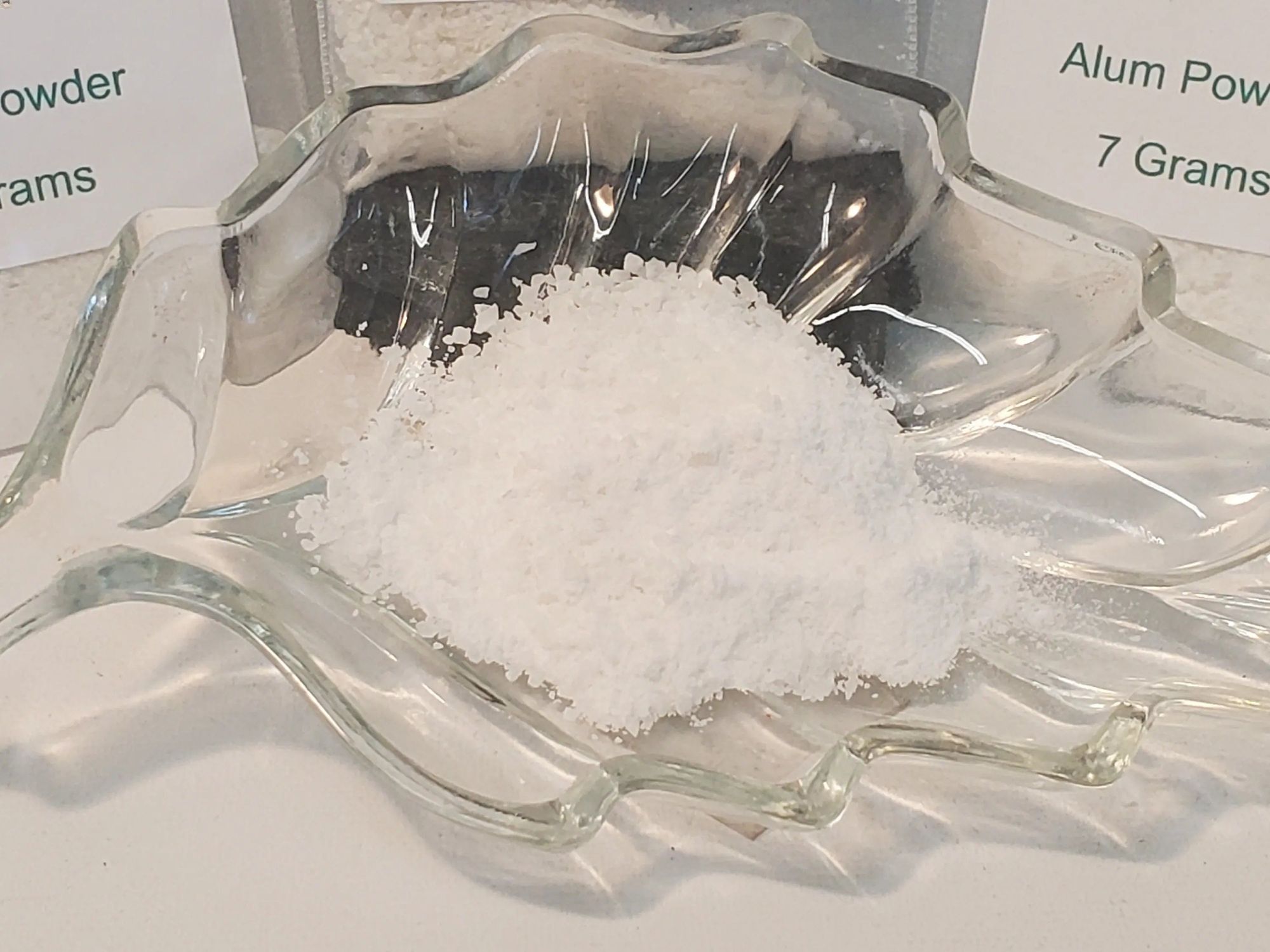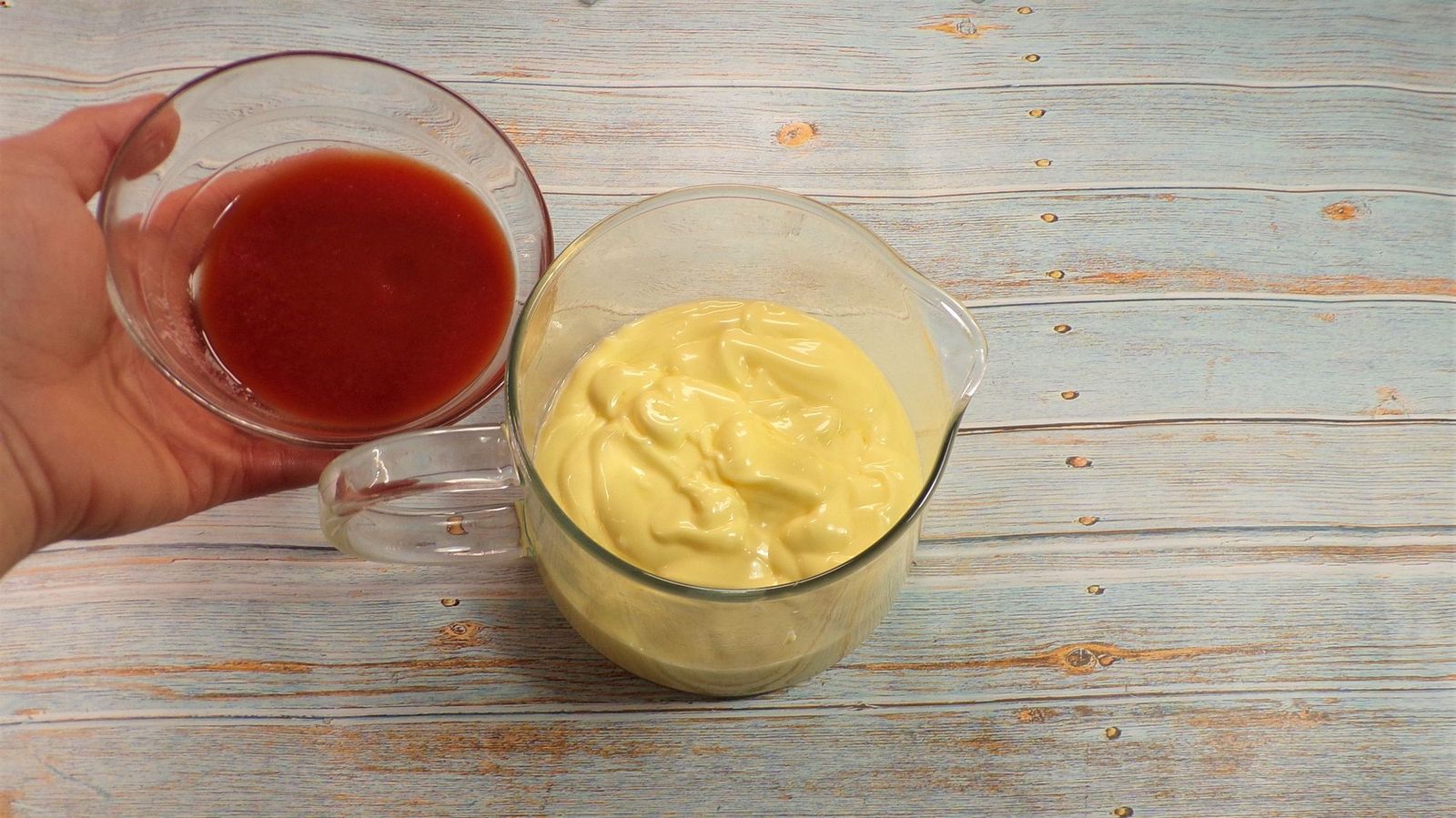When it comes to Japanese cooking, Aji Mirin and Mirin are two essential ingredients that add a unique flavor to dishes. While they may sound similar, there are some key differences between the two. In this article, we'll explore what sets Aji Mirin apart from Mirin and how they are used in Japanese cuisine.
Aji Mirin
Aji Mirin, also known as hon-mirin, is a sweet rice wine that is commonly used in Japanese cooking. It is made from glutinous rice, koji (a type of fungus), and shochu (a distilled spirit). Aji Mirin has a lower alcohol content compared to Mirin, typically around 1-14%, and it contains added sweeteners to enhance its flavor.
Mirin
On the other hand, Mirin is a traditional Japanese rice wine that is also sweet and used in cooking. It is made from glutinous rice, koji, and distilled shochu. Mirin has a higher alcohol content, usually around 14%, and does not contain added sweeteners.
Differences
Now that we've covered the basics, let's delve into the key differences between Aji Mirin and Mirin:
-
Alcohol Content: Aji Mirin has a lower alcohol content, making it suitable for all ages, while Mirin has a higher alcohol content and is typically used in cooking to add depth of flavor.
-
Sweetness: Aji Mirin contains added sweeteners, giving it a sweeter taste compared to Mirin.
-
Usage: Aji Mirin is often used as a seasoning and flavor enhancer in various dishes, while Mirin is used to add sweetness and shine to dishes, as well as to balance out salty flavors.
How They Are Used
Both Aji Mirin and Mirin are commonly used in Japanese cuisine to add a sweet and savory flavor to dishes. They are often used in marinades, glazes, sauces, and dressings. Here are some popular dishes where Aji Mirin and Mirin are used:
-
Teriyaki Chicken: Aji Mirin or Mirin is a key ingredient in the teriyaki sauce, adding sweetness and depth of flavor to the dish.
-
Sushi Rice: Aji Mirin or Mirin is often added to sushi rice to give it a sweet and tangy flavor.
-
Stir-Fry: Both Aji Mirin and Mirin are used in stir-fry dishes to add a sweet and savory element to the sauce.
-
Glazes: Aji Mirin and Mirin are commonly used to create glazes for grilled or roasted dishes, adding a glossy finish and sweet flavor.
Conclusion
In summary, while Aji Mirin and Mirin share similarities as sweet rice wines used in Japanese cooking, they have distinct differences in terms of alcohol content and sweetness. Understanding these differences can help you choose the right ingredient for your culinary creations. Whether you're making a classic teriyaki sauce or adding a sweet glaze to your favorite dish, Aji Mirin and Mirin are versatile ingredients that can elevate the flavors of your Japanese-inspired dishes.
Was this page helpful?
Read Next: What Is Bonito Broth











